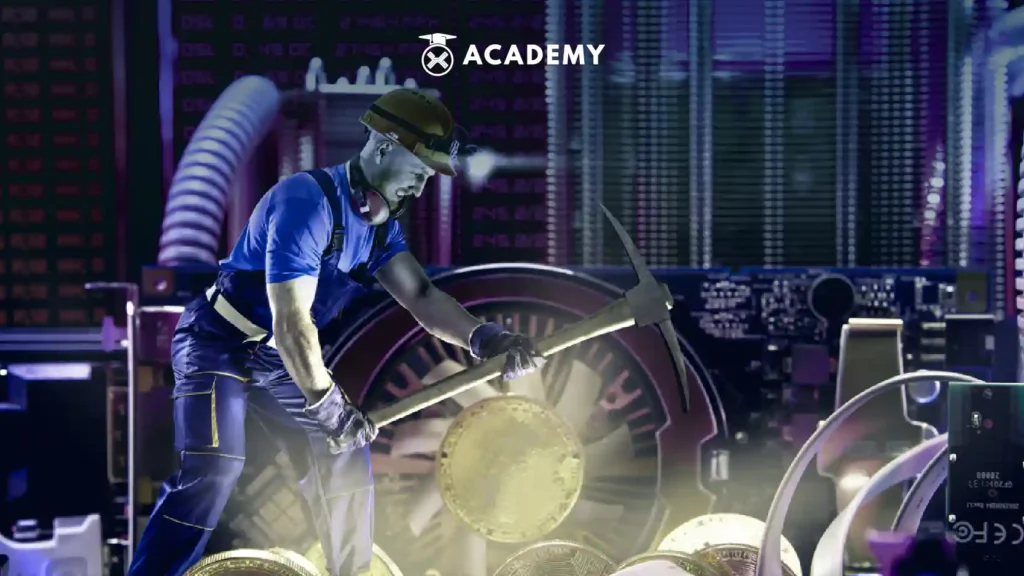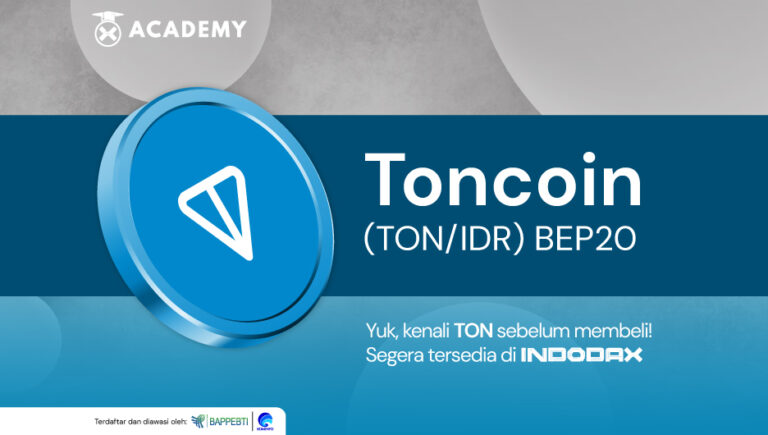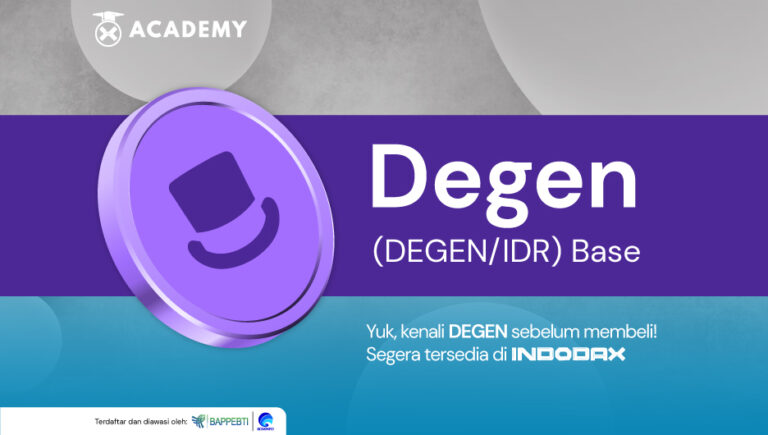In 2010, Marek Palentius (Slush) founded “Slush Pool” . Starting from there, the slush pool was named the oldest mining pool in the mining pool world and is still operating today. Since then, many mining pools have emerged, and the term mining pool has become increasingly popular.
Various features and benefits are used as an attraction for mining pool platforms to gain members. The mining pool platform is provided for experienced and novice miners to participate in the process without requiring expensive technical equipment because mining activities are collective.
What is a Mining Pool in Crypto Assets?
The increasing difficulty and resource requirements of Bitcoin mining mean that individual miners often find it difficult to compete effectively. This is where mining pools come into play. Mining Pools have become a popular method for mining crypto assets such as Bitcoin.
By pooling resources, miners can combine computing power and increase their chances of solving complex mathematical problems, known as Proof-of-Work (PoW) algorithms. Such mining involves multiple miners pooling computing power to increase their chances of successfully mining a block of crypto. Meanwhile, individual miners with less powerful hardware still have the same opportunities. They work collectively to earn rewards by participating in a mining pool.
How Mining Pools Work

Even though it is quite simple, mining pool activities require coordination between a number of miners to increase the chances of getting prizes. The crypto asset pool mining process involves a combination of computing power from several miners working together.
To make this happen, prospective miners must register and create an account on the chosen pool platform to join the miner group. In the future, several miners with combined computing power will be able to connect to each other. To do this, miners must connect hardware and software, such as CPUs, GPUs, or ASICs, to the pool network.
In the next step, miners will be given complex mathematical tasks of the crypto network. This assignment takes the form of a random value or nonce. Miners in a pool search for nonces by validating transaction blocks to generate processing power that meets certain conditions. After successfully finding a nonce that meets the requirements, confirm the pool network to get a block prize in the form of a reward. This reward will be divided equally among all miners who are members in proportion according to the contribution of the individual miner’s computing power.
Get to Know the Methods in Mining Pool
There are several methods in mining pools that are used to influence how mining rewards are divided among pool members, including:
1. Pay-Per-Share (PPS)
Each miner in the pool receives a fixed payment for each crypto asset (share) they contribute. The PPS method is called stable because miners receive a fixed payment, even if the pool does not find a mining block.
2. Proportional
As the name suggests, this proportional method provides payments or rewards to each miner according to the percentage of crypto assets contributed.
3. Pay Per Last N Shares (PPLNS)
The PPLNS method considers the last number of crypto assets provided by miners in the pool before a mining block is discovered.
4. Score-based
In the score-based method, miners receive rewards based on how many “scores” they collect in the pool. This score is calculated based on how often miners successfully complete mining tasks.
5. Geometric Reward System
This method is a proportional variation method, where pool members will be given rewards according to how much crypto assets have been collected over a certain period of time. The longer miners contribute, the larger the portion of the prize they receive.
What Tools Are Needed for Mining?
The ASIC Miner or GPU rig plays a role in setting the server pool address and corresponding port number. Meanwhile, hardware connected to the pool can coordinate mining efforts. Then, miners need to install mining software that suits the hardware used.
One of the hardware factors that is the main factor in a computer for carrying out program instructions is the CPU. Due to less effective data processing speed and efficiency, CPUs require other hardware tools, such as GPUs and ASICs. The Graphics Processing Unit has high parallel processing capabilities. For example, GPUs provide higher mining speeds than using CPUs alone.
On the other hand, Field-Programmable Gate Array hardware alternatives are often used as an alternative between CPUs and ASICs due to their ability to improve data processing performance with lower power consumption than ASICs.
ASICs are special chips that are specifically designed to perform certain tasks, in this case, mining crypto assets. The advantage of using ASIC is its ability to perform structural analysis. Besides these tools, mining software is also needed to organize and manage the mining process. This software usually provides an easy UI for setting up and monitoring mining activities. It is important to remember that the tools needed for mining can vary depending on the type of crypto.
Advantages and Disadvantages of Using a Mining Pool
Using a mining pool increases the opportunity to earn rewards by working together to perform complex computing activities to avoid significant income fluctuations. When you are an individual miner, the chances of finding new blocks can be very low. However, when you contribute to a collective effort to find new blocks, the chance of getting a reward is much higher so that mining activities become effective.
Income from mining is generally classified as unstable because the time required to find new blocks varies and varies. Miners can gain profits in the short or very long term according to their computing power. Experienced or novice miners can complement each other to carry out missions and get rewards more often than if they were individual miners.
Of the many advantages, there are also disadvantages of mining pools that need to be considered, such as the prizes obtained are not completely private, where members have to share with other members structurally and also pay administrative fees to the pool operator. This means that mining members’ income can be slightly lower than that of individual miners.
Additionally, there are also security risks to consider. In some cases, mining pools can become targets of hacker attacks because they store large amounts of digital assets. Therefore, it is important to choose a mining pool that is trusted and has strong security measures.
Most Popular Mining Pool Lists

-
Kano Pool
This Bitcoin mining pool, which emerged in 2014, is a crypto mining platform built on blockchain technology infrastructure. Kano Pool has different servers located in America, USA, Asia, and Europe and has had great performance over the years. Kano Pool offers a very low commission fee of 0.9% and shared transaction fee rewards.
-
Slush Pool
Slush Pool was founded in 2010 and is one of the oldest Bitcoin mining pools still operating today.
-
F2 Pool
Founded in 2013, the F2 Pool, known as DiscusFish, is the largest mining pool in the world. F2Pool is on the list of the most popular mining pools among miners because it has succeeded in adopting new crypto digital assets thanks to its mining.
-
Antpool
Antpool is a mining pool based in China and backed by the renowned technology company, BitMain. Antpool mines about 23% of all blocks.
-
BTC.com
This platform has its own payment system called FPPS (Federal Personnel and Payroll System). BTC.com offers efficient digital currency management and makes it easy for miners to join by entering their email or telephone numbers.
Tips for Choosing a Mining Pool to Provide Profits
- In your crypto asset mining efforts, consider size and history and choose a balanced pool. Larger pools tend to have more hashing power, which can result in more consistent payouts. However, a pool that is too large can reduce individual profits.
- Next, choose a pool that is proven to be reliable and has good technical support. With this, you can resolve technical issues with the help of the support team if necessary. The location of the server pool can affect latency and connection quality. For this reason, choose a pool with servers close to your location to reduce latency.
- Make sure the pool has strong security measures to protect funds and data. This is important in connecting crypto wallets with pools. Select a pool that supports the coins you want to mine. Each pool may focus on certain coins.
- Ensure the pool user interface is easy to use and provides enough information about mining status, payouts, and other statistics. Browse pool statistics, such as block success rate, hash rate, and historical payouts. This provides an overview of the pool’s performance history.
- Consider using multiple pools at once. Mining diversification can help reduce risk if one pool experiences problems. Monitor the latest news and developments in the world of mining. Circumstances can change.
- Finally, it is important to evaluate pool performance periodically. If you feel that a pool is not providing the expected results, consider switching to another pool.
Can Mining Pools Still Be Profitable?
With increasing difficulty and competition in mining, many are wondering whether mining pools can still be profitable or detrimental. Analyzing historical data can provide valuable insight into the profitability of a mining pool over time. By researching past profitability trends, miners can assess which pools consistently provide better profits and incorporate this information into their decision-making process.
Several factors influence the profitability of a mining pool, including the crypto mined, network difficulty, pool reputation, and fees. Evaluating these elements can help miners choose the most profitable pool for their mining ventures.
Crypto market movements that fluctuate actively and follow trends in technological change can affect profitability. Competition increases as technology develops, and many miners join the network. This has the potential to reduce individual profits. Therefore, it is important for miners who want to join to research thoroughly first to understand current market conditions. Do independent research so that you can maximize your profits.
Conclusion
Mining Pools provide a way for individual miners to come together and combine their computing power, increasing the chances of successfully mining new blocks and earning rewards. Each method has its own advantages and disadvantages. The choice of method can affect a miner’s income in the short and long term.
Some miners may prefer methods that provide more stable payouts, while others may prefer methods that provide the potential for higher but more variable payouts. The choice of method depends on the preferences and goals of each miner. Before joining a mining pool, it is important to understand the prize distribution method used by the pool platform the miner chooses.
Apart from mining pools, we also get to know about mining rigs for mining crypto assets. This tool is quite popular among Bitcoin miners. Mining Rig is backed by more than 99% of the total commodities of all PoW-based crypto assets. It is important to note that some crypto assets use different hashing algorithms, so the hash rate cannot be transferred directly to all coins.
If you are interested in increasing your literacy about mining crypto assets, you can also read other interesting INDODAX Academy articles, such as how to mine bitcoin for free and easily for beginners, where you can find out what tools or methods have the potential to get prizes from mining Bitcoin.
Let’s increase your crypto asset investment literacy only on INDODAX Academy!








